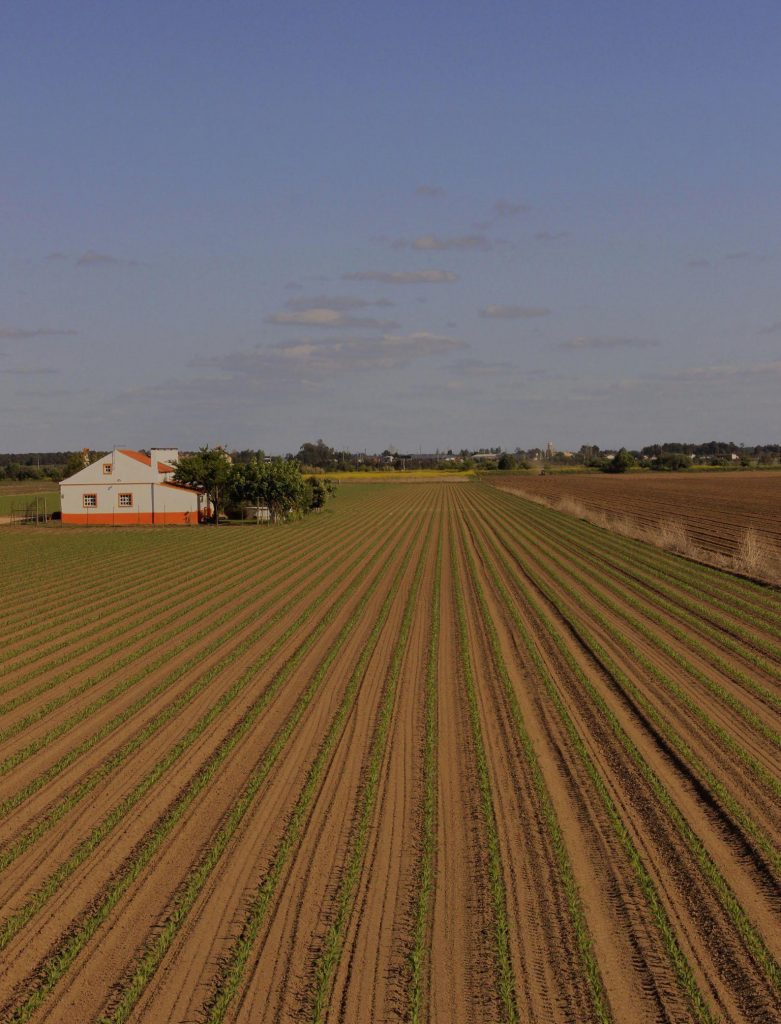The planting season has begun. Most farmers have decided which crop they will plant, and now land preparation is their next focus. This is a key process to successful crop establishment.
Good crop establishment depends on many factors, and the best practices will vary from one farm to the next because of differences in rainfall or soils. Farmers can lose yield due to uneven tillage, resulting in poor crop establishment, so it is worth the effort at the start of the season to get it right.
Good land preparation is the foundation for successful crop production and contributes to long-term soil fertility, soil moisture retention and weed management. Done with the right implements at the right time, it makes planting and weeding easier, and results in higher yields.
Good land preparation will help to prepare a seedbed by crumbling and loosening the soil; it will loosen the soil, thereby making it easier for plant roots to grow and produce strong
er crops and better yields; it will allow air to enter the soil to help plants grow strong; it will incorporate crop residues and manure into the soil – this will improve the soil structure and make the soil more fertile; it will help control weeds, pests and diseases; and it will increase water infiltration into the soil.
The main disadvantage of poor tillage occurs when the soil is too wet, or when the soil has been cultivated to the same depth for a number of years. Such practices result in a densely compacted layer just below the depth of tillage.
Poor tillage, which does not incorporate crop residues and manure into the soil, will result in hard, dry soils with low fertility where crops give poor yields or may even die, and crop establishment is slowed down due to reduced root and plant growth.
In hard soils, some plants may not be strong enough to grow and will die. After a rainstorm, the soil is too wet and the roots are starved of air, or once the soils dry out, the plant is starved of water, as the plants’ roots cannot grow through the compacted plough pan.
Crops in poorly tilled soils are weak, will suffer more from pests and diseases, and give poor yields, or the crop may even die as the soil will not hold water and will get very hot in the dry periods.
Tillage is often classified into two types, primary and secondary. There is no strict boundary between them in so much as a loose distinction between tillage that is deeper and more thorough (primary) and tillage that is shallower and sometimes more selective of location (secondary). Primary tillage such as ploughing tends to produce a rough surface finish, whereas secondary tillage tends to produce a smoother surface finish, such as that required to make a good seedbed for many crops.









